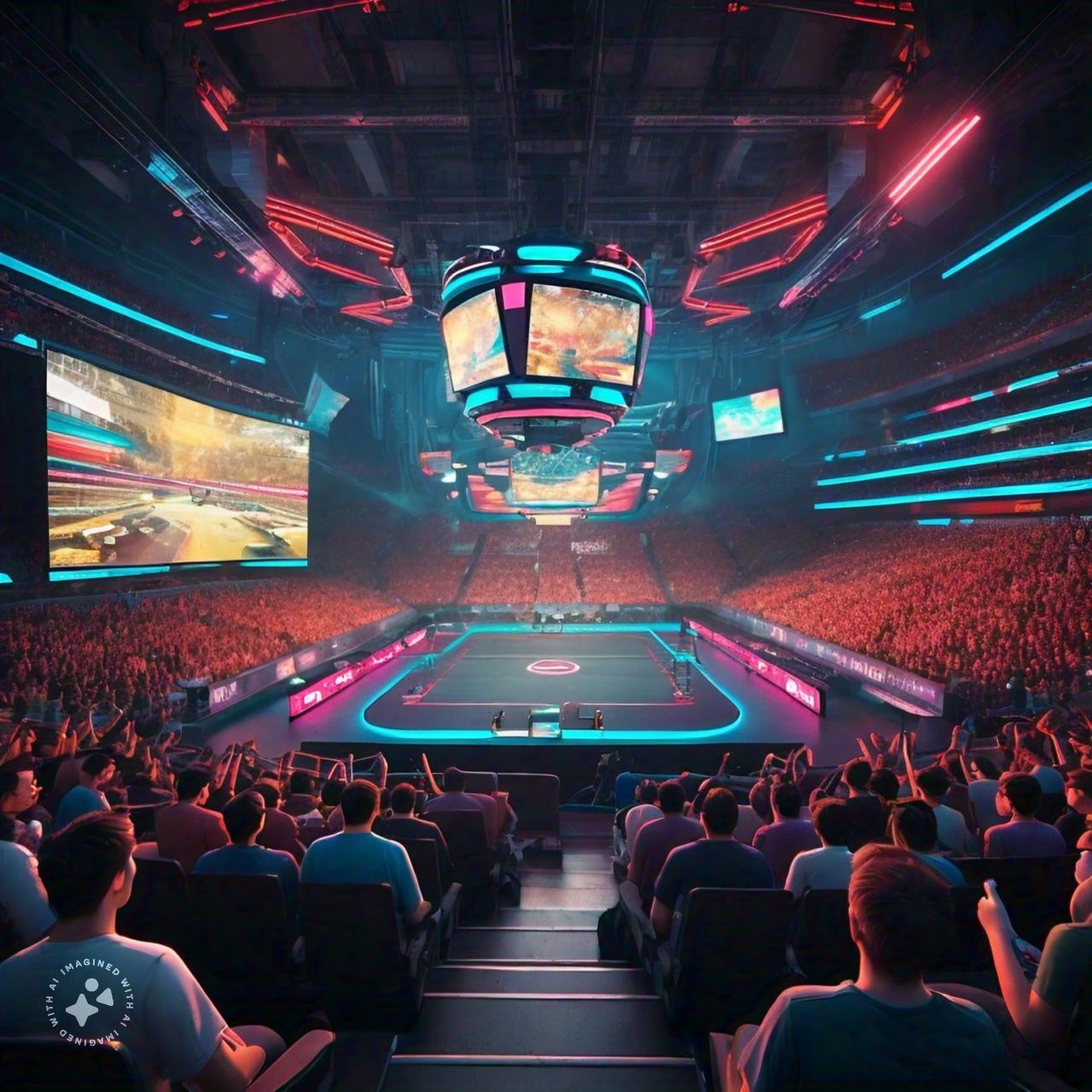Exploring the Next Frontier in Technology Leave a comment
Human-Machine Interfaces
As technology continues to surge forward at an unprecedented pace, the boundary between humans and machines is becoming ever more blurred. Central to this evolution are Human-Machine Interfaces (HMIs) which serve as crucial touchpoints where human interaction meets technological functionality. The next frontier in tech is being defined by advancements in HMIs and promising to revolutionize not just how we interact with our devices but how we live our daily lives.
The Evolution of Human-Machine Interfaces
Historically, HMIs have been relatively straightforward. Early computing interfaces involved punch cards and simple command-line interfaces that required significant technical knowledge. However, as technology progressed, so did the sophistication of these interfaces. The advent of graphical user interfaces (GUIs) in the 1980s marked a significant leap and making computers accessible to a broader audience. GUIs allowed users to interact with their machines through intuitive visual elements like windows, icons, and menus.
In the decades that followed HMIs continued to evolve. The introduction of touchscreens and multi-touch gestures revolutionized the way we interact with smartphones, tablets, and even everyday appliances. Voice recognition systems like Apple’s Siri, Amazon’s Alexa, and Google Assistant have further expanded the horizons of HMI technology, enabling hands-free control and seamless integration into our daily routines. Each of these developments has brought us closer to a more natural and intuitive interaction with machines.
Current State of HMIs
Today HMIs are at the forefront of both consumer and industrial technology. In the consumer sphere smart home devices like thermostats, lighting systems, and security cameras can be controlled via smartphone apps or voice commands. Wearable technology, such as smartwatches and fitness trackers that provides real-time data and insights directly on our wrists. In the automotive industry and advanced driver assistance systems (ADAS) and infotainment systems are enhancing both safety and convenience for drivers.
Industrially, HMIs are being employed in manufacturing processes, healthcare, and other sectors to improve efficiency, accuracy, and user experience. For example, industrial robots equipped with advanced HMI panels allow operators to program and monitor complex tasks easily. Medical devices with sophisticated interfaces enable healthcare professionals to diagnose and treat patients with greater precision.
The Next Frontier: Brain-Computer Interfaces (BCIs)
One of the most exciting developments in the realm of HMIs is the emergence of Brain-Computer Interfaces (BCIs). These cutting-edge systems enable direct communication between the human brain and external devices for bypassing traditional input methods like keyboards and touchscreens. Companies like Neuralink are pioneering this technology, exploring ways to implant tiny electrodes into the brain to record and stimulate neural activity.
BCIs hold immense potential across various domains. In healthcare, BCIs can assist individuals with severe disabilities to communicate and control prosthetic limbs or other assistive devices directly through their thoughts. For those suffering from neurological diseases like ALS or spinal cord injuries and BCIs offer a pathway to regaining some level of autonomy and improving their quality of life. Moreover, BCIs could revolutionize fields like gaming like virtual reality (VR), and augmented reality (AR) that providing an unprecedented level of immersion and control.
Human-Machine Interface Sensors
Another important advancement in HMI technology is the development of new sensor technologies. These sensors are designed to enhance the user experience by providing more accurate and responsive interactions. Force-sensing technology for example, It is transforming how we interact with touchscreens and other input devices. By detecting the amount of pressure applied and force sensors can enable more fact and precise control.
In addition to force sensors and other innovations in HMI sensors include eye-tracking technology, gesture recognition, and biometric sensors. Eye-tracking technology allows devices to follow the user’s vision which enabling hands-free interaction and personalized user experiences. Gesture recognition systems use cameras and machine learning algorithms to interpret hand movements and body language and allowing for intuitive control of devices without physical contact. On the other hand Biometric sensors can measure physical characteristics like heart rate, skin conductivity, and even brainwave patterns to provide real-time insights and adaptive responses.
Challenges and Ethical Considerations
Despite the remarkable potential of advanced HMIs, several challenges and ethical considerations must be addressed. One of the primary concerns is privacy and data security. As HMIs become more integrated into our daily lives as they will inevitably collect vast amounts of personal data. Ensuring this data is protected from competitors and cannot be misuse. Regulations and standards must be established to safeguard user privacy while enabling innovation.
Another significant challenge is accessibility. While advanced HMIs offer incredible possibilities that they must be designed unique way to ensure that individuals with varying abilities can benefit from them. This includes considering factors like affordability, ease of use, and compatibility with assistive technologies.
Ethical considerations also come into play with technologies like BCIs. The ability to directly interface with the human brain raises profound questions about autonomy, consent, and the potential for misuse. It is essential to establish ethical guidelines and frameworks to govern the development and deployment of these technologies responsibly. This includes ensuring that individuals have control over their data and that the technology is used to enhance human capabilities rather than exploit vulnerabilities.
Future Prospects of HMIs
Looking ahead, the future of HMIs is incredibly promising. As artificial intelligence (AI) continues to advance with the time being and will play a crucial role in enhancing HMI technology. AI-driven interfaces can adapt to individual users preferences and behaviors & providing personalized and context-aware interactions. Machine learning algorithms can analyze vast amounts of data to predict user needs and optimize system performance.
Moreover, the integration of HMIs with other emerging technologies will open up new possibilities. For example, combining HMIs with the Internet of Things (IoT) will create interconnected ecosystems where devices seamlessly communicate and collaborate to enhance user experiences. Imagine a smart home where your thermostat automatically adjusts based on your preferences that your refrigerator orders groceries when you’re running low and your entertainment system suggests content based on your mood.
In the context of transportation, HMIs will continue to play a major role in the development of autonomous vehicles. Advanced driver assistance systems (ADAS) will evolve to provide more intuitive and reliable interactions between drivers and their vehicles. HMIs will also be instrumental in ensuring the safety and efficiency of self-driving cars, enabling seamless communication between vehicles and their occupants.
Conclusion
Human-Machine Interfaces represent the next frontier in technology that bridging the gap between human intuition and machine efficiency. From the early days of punch cards to the sophisticated BCIs of today the HMIs have continuously evolved to enhance our interaction with technology. As we move forward and the integration of advanced sensor technologies, AI, and ethical considerations will shape the future of HMIs, making them more reliable, accessible, and secure.
The potential applications of HMIs are vast, spanning healthcare, industrial automation, consumer electronics, and beyond. By harnessing the power of advanced HMIs we can create a future where technology seamlessly integrates into our lives and enhancing our capabilities that enriching our experiences. As we venture into this new frontier, it is crucial to prioritize ethical considerations and ensure that the benefits of HMIs are accessible to all that fostering a more inclusive and connected world.





















